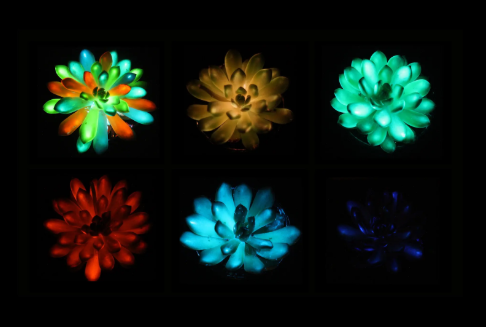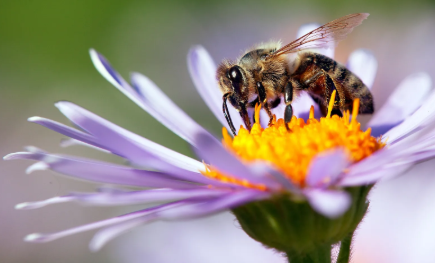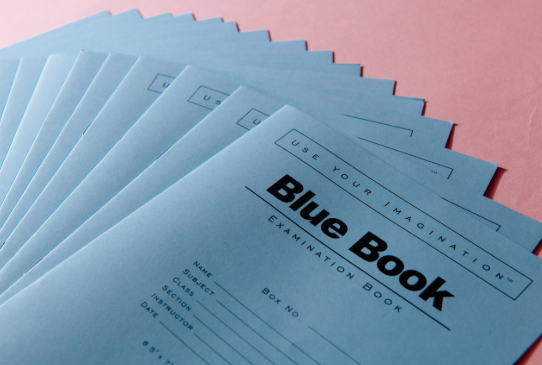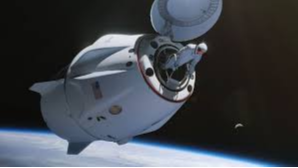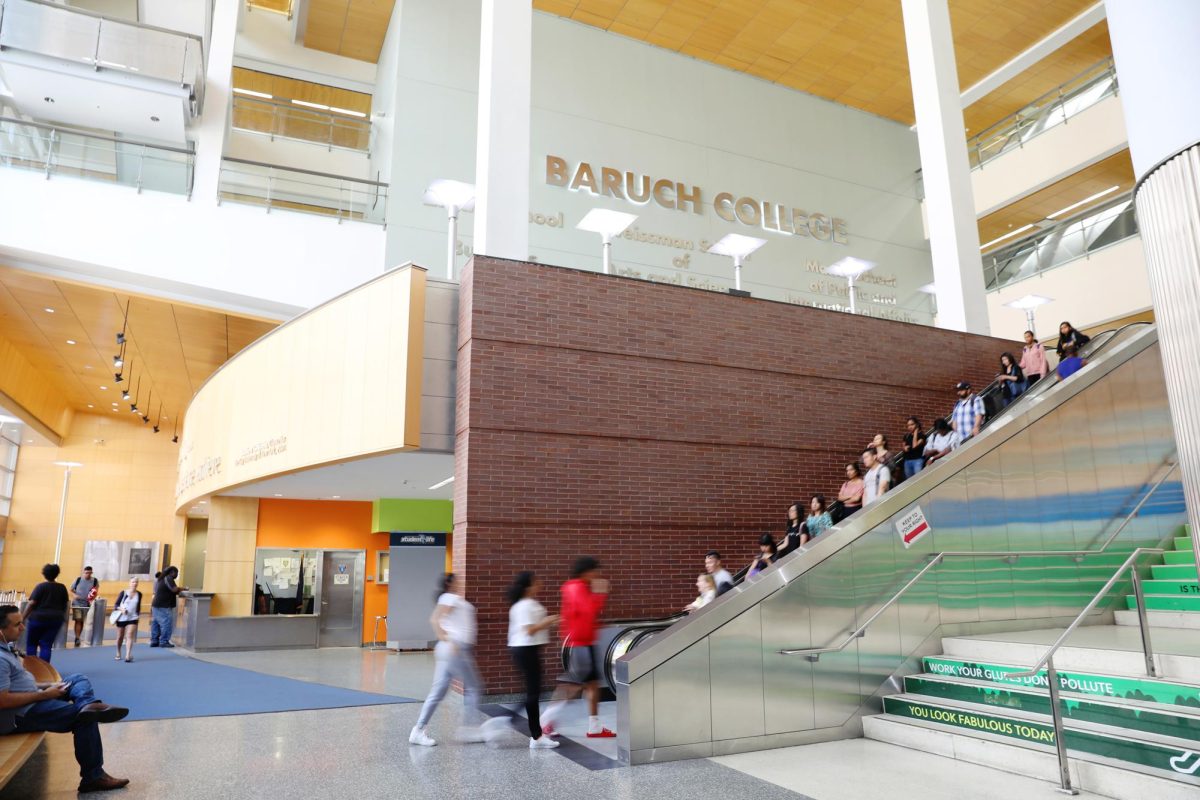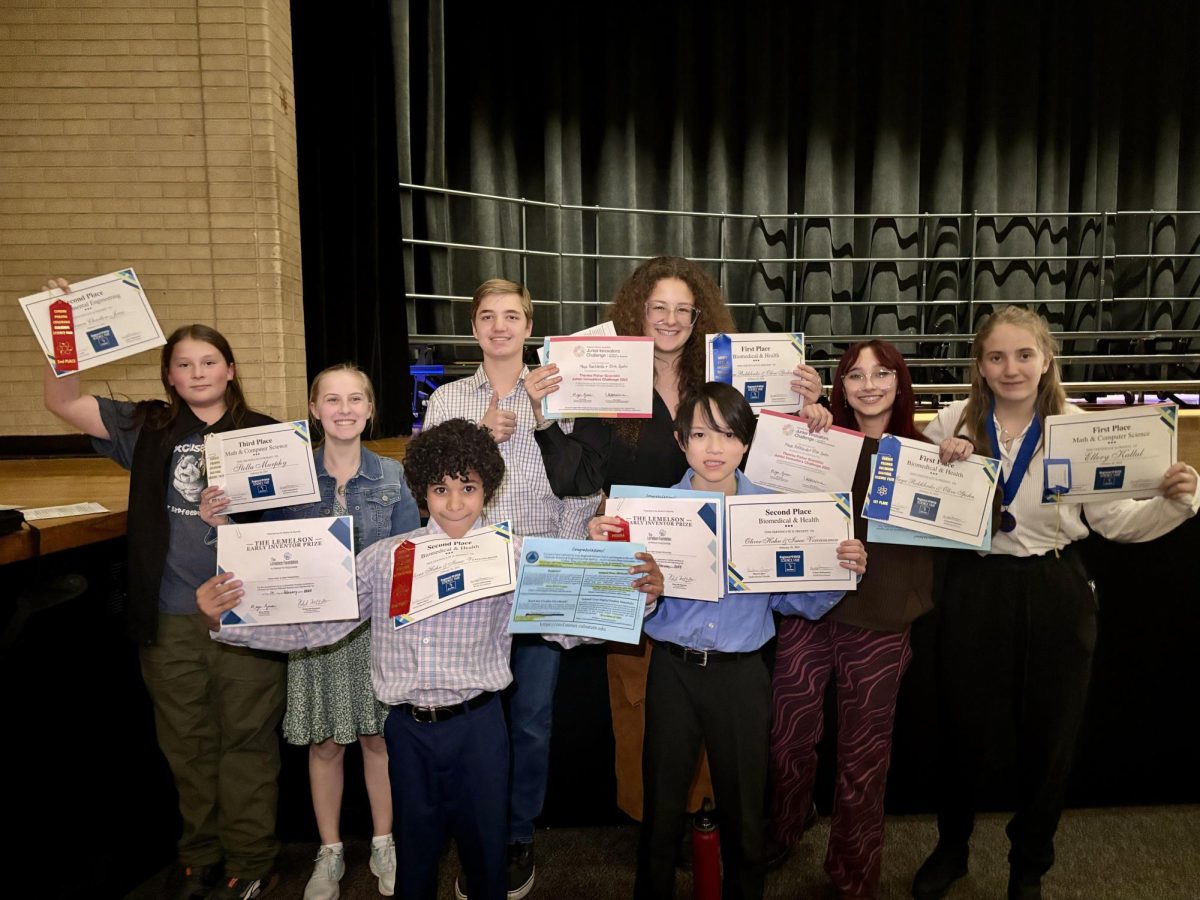Scientists have discovered a way to supplement the diet of honeybees after a lot of research and tinkering. It’s a genetically modified type of yeast that’s engineered to produce six chemicals, called sterols, that bees need and usually get from eating pollen. When fed the yeast, bees reared up to 15 times more babies, making it a new “bee superfood.” This new pollen substitute is way more nutritional than other commercial bee foods which are made of flour, sugar, and water, and is missing several important nutrients that bees need. It’s an important advancement because it could help bees overcome challenges that they face because of habitat loss and the decreasing amount of flowers available for them to live off. Check out The Bee-ginning of the End – Save the Bees! by Ella Slupik on the Dragon Spectrum to learn more about why bees matter to the environment and what challenges they face.
A rock found in Jezero Crater on Mars by NASA’s Perseverance rover may sport something called a potential biosignature, which is something that may have resulted from life, but we can’t be sure about it. The rover discovered leopard-like spots in the rock, and closer analysis identified certain chemicals within it that react to create energy. This energy could have supported very primitive, probably microscopic life, such as microbes. Claims of past alien life on other planets “require extraordinary evidence,” says Katie Stack Morgan, the project scientist for NASA’s Perseverance rover, and this doesn’t mean that we’ve found life on Mars. But this is a crucial step in the process of discovering alien life, and it is definitely the closest we have ever been to finding life on Mars.
Looking forward, plants might be able to light up our houses in the nighttime. On Wednesday, August 27, a study was published by researchers at the South China Agricultural University about creating glow-in-the-dark plants. It had been tried earlier in the 1980s when they infused a plant with the gene in fireflies that makes them glow. Later, glowing petunias were made with the genes of glow-in-the-dark fungi and bacteria. The newest glowing succulents were made with a man-made substance called strontium aluminate, which absorbs light and can glow in the dark with a chemical reaction. After experimenting with different varieties of plants, they found that the width of the spaces in between the cells of a succulent plant called Echerveria Mebina was just the right size for the particles of the glowing material to flow through. Just a few seconds after injecting one of the plant’s leaves, the entire leaf was aglow. They were also able to create a rainbow of colors that glowed in the dark. The one concern with a plant night lamp made with strontium aluminate is the fact that the material is not good for the environment and is hard to dispose of, compared to having natural bioluminescent genes.
Recently, scientists at the Guangzhou Medical University performed the first pig-to-human lung transplant from a genetically modified pig to a brain-dead(only the automatic functions in the brain are happening), 39-year-old man. It kind of functioned even though it was damaged a little bit during the transplant process, and was removed after nine days. The lung from the pig was transplanted into the man, leaving his other lung in place. The lungs functioned together during the nine days that the pig lung remained within the man, but the fact that the human lung was still there meant that the pig lung wasn’t necessarily functioning and it could’ve just been the other one. Nevertheless. This procedure has proven that a pig lung can be transplanted into a human body, which is a big deal because it’s never been done before.
Cites-
www.nytimes.com/2025/08/27/science/glowing-succulents.html#
https://www.bbc.com/news/articles/c776kynn771o
https://www.goodnewsnetwork.org/pollen-replacement-food-for-honey-bees-brings-new-hope-for-struggling-colonies-and-the-crops-they-support/
https://www.nytimes.com/2025/08/25/health/lung-transplant-pig-human.html
https://www.nasa.gov/news-release/nasa-says-mars-rover-discovered-potential-biosignature-last-year/

